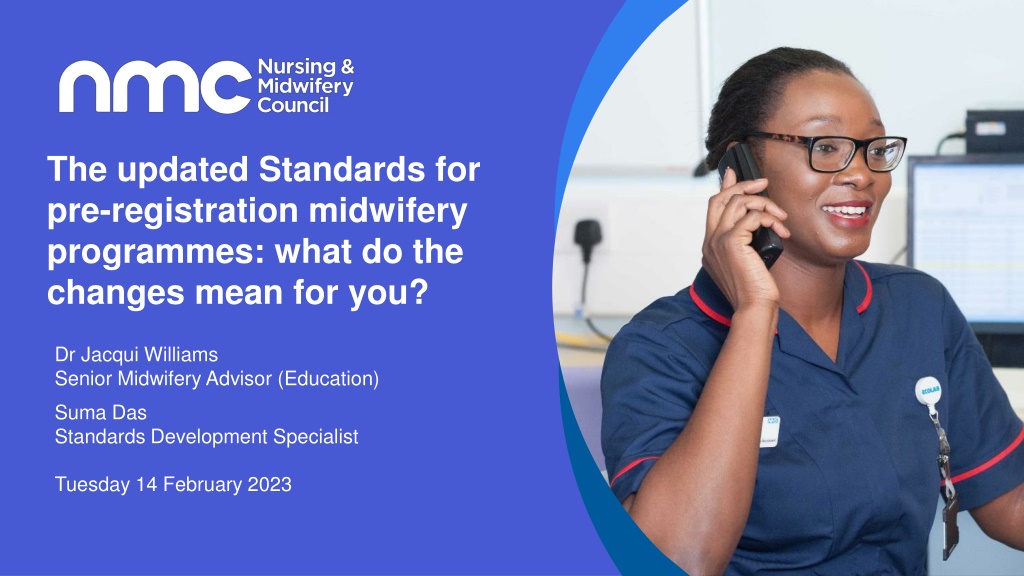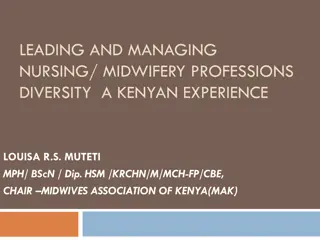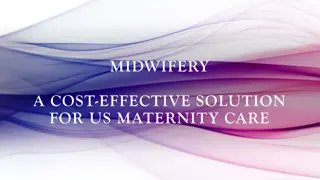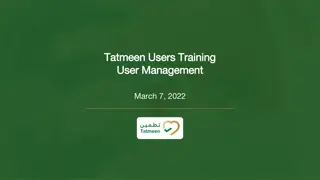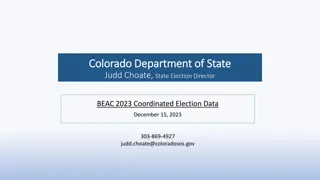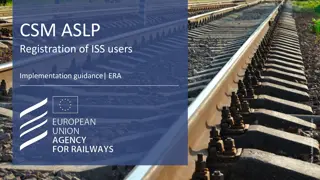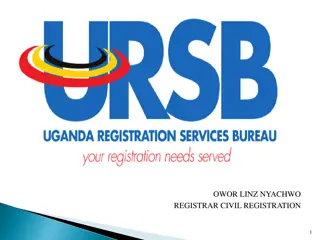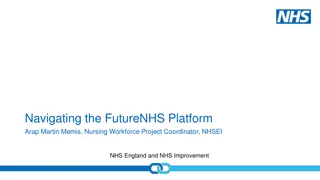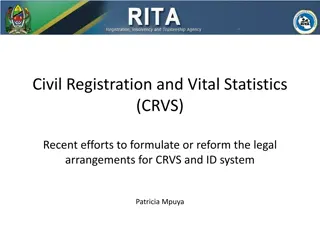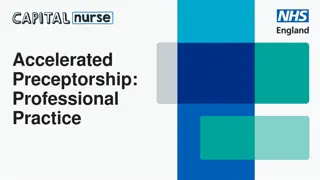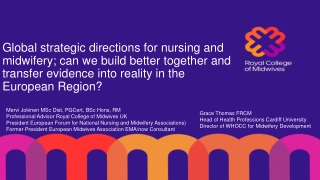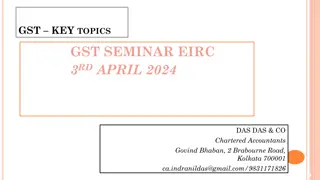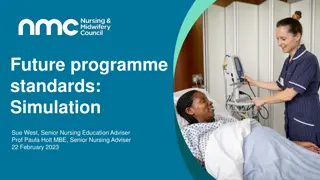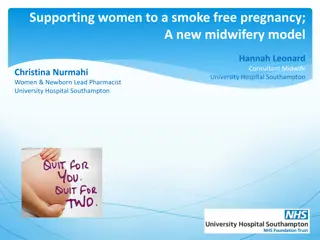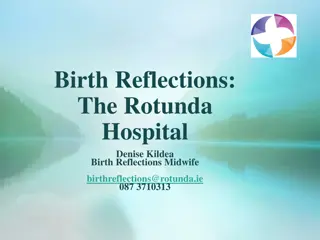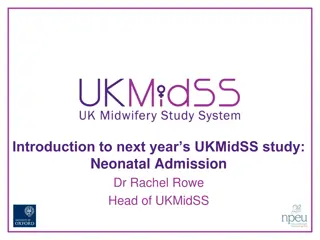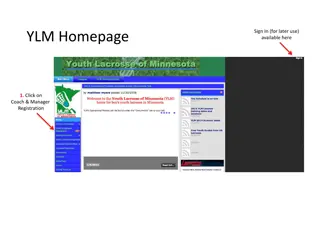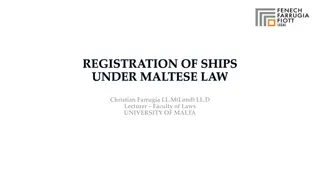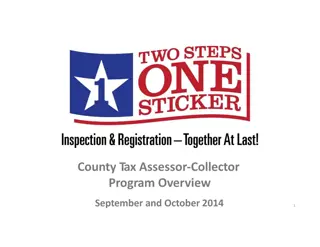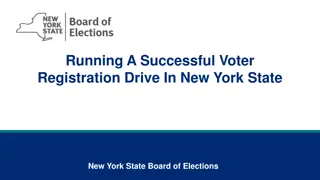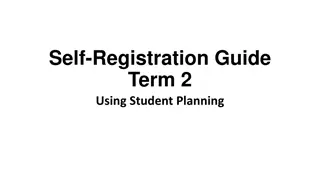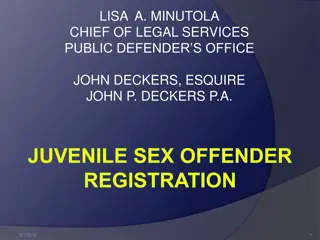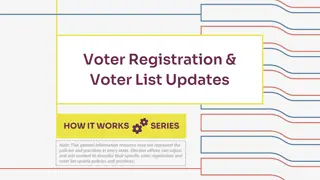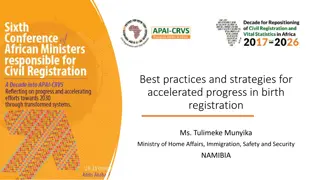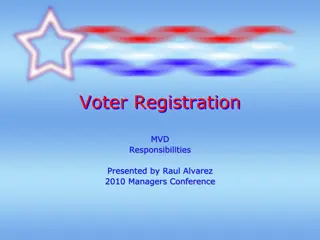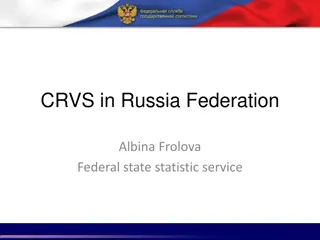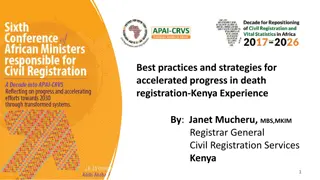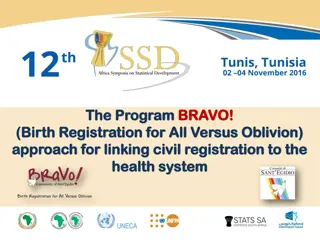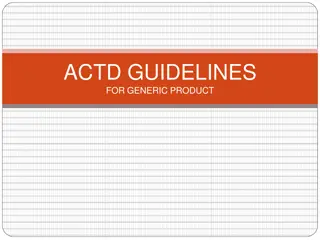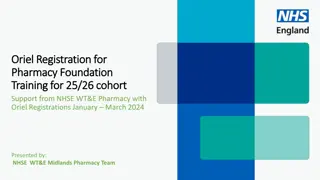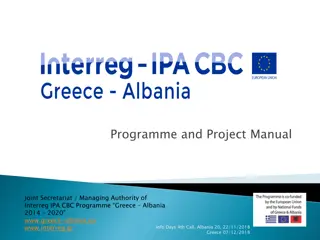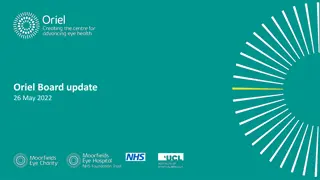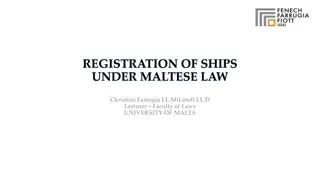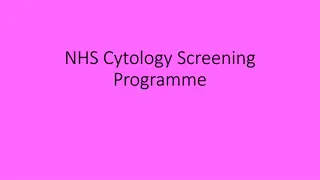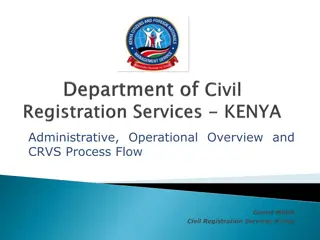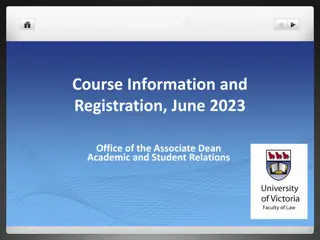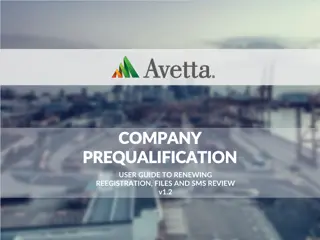Changes to Pre-Registration Midwifery Programme Standards: Implications and Process
These updates to pre-registration midwifery programme standards stem from the post-Brexit review, aiming to align with global practices. The process involves stakeholder engagement, consultation, and approval steps, with implementation scheduled upon endorsement. Noteworthy collaboration and careful consideration are evident in the revised standards development, emphasizing alignment with best practices and ensuring safe and effective midwifery education.
Download Presentation

Please find below an Image/Link to download the presentation.
The content on the website is provided AS IS for your information and personal use only. It may not be sold, licensed, or shared on other websites without obtaining consent from the author. Download presentation by click this link. If you encounter any issues during the download, it is possible that the publisher has removed the file from their server.
E N D
Presentation Transcript
The updated Standards for pre-registration midwifery programmes: what do the changes mean for you? Dr Jacqui Williams Senior Midwifery Advisor (Education) Suma Das Standards Development Specialist Tuesday 14 February 2023
Housekeeping We will be making written notes of your feedback We will be recording the session and will send the link out by email after the webinar Everyone watching is automatically muted Please use the questions box to share feedback and to present your queries we ll take questions at the end of the presentation We live-caption our online events to make them more accessible. Let us know if you re having technical issues via the questions box or on events@nmc-uk.org 2
Background Our education standards set out how nursing and midwifery programmes should be delivered to ensure that students meet the standards of proficiency for safe and effective practice Some of the content in these standards were underpinned by EU law EU Directive (in place since the 1970s). 3
Rationale for change Leaving the EU gave us an opportunity to review our programme standards in the light of the EU Directive Some divergence between nursing and midwifery Midwifery wants us to adopt a more cautious approach as stakeholders did not want to misaligned with the EU and the rest of the world / lack of evidence Evaluation of the new programmes required. 4
Chronology Seeking Council approval Consultation and standards assimilation Independent Review and consensus Stakeholder Engagement Dec 21: Review and co-production of changes to the Programme standards Dec 20 June 21: Independent review of the EU Directive Reports published May 22: Council assents to a 10 week public consultation Jan 23: Today we seek Council approval of these changes to publish 2020 2021 2022 2023 Implementation of the standards will commence if the changes are approved. We aim to publish new versions of the education and programme standards in March 23: Sept 21 Council approved a programme of work the Future Programme Standards review 5
How did we develop the changes Extensive engagement with a range of stakeholders, including service users Public consultation Steering group and Curriculum Development group challenged developments Midwifery representation across the four countries in all groups. 6
Key changes Give education providers more independence to set more inclusive entry requirements to midwifery programmes Remove any knowledge and skills requirements from the programme standards, where included in the standards of proficiency Modernisation of the language to reflect the standards of proficiency An additional standard to ensure students gain experience of leadership and team working in different maternity providers. 7
Entry requirements AEIs set their own entry requirements In some instances there will be no change Communication to prospective candidates & impact if seeking to work in EU Widening participation to midwifery programme is key. 8
Integration of the skills Added to section 3 Practice Learning Number of times a skill needs to be achieved unchanged due to lack of evidence for change Ordering made more logical Care in labour and birth requirement (40) combined to reflect providing care throughout the continuum Supporting information regarding the number of births required to be achieved Link to supporting information from the programme standards 9
Modernisation of the language Reflects the standards of proficiency The language of the Framework for Quality Maternal and Newborn health Language alignment, contemporary Nil removed just re-sited 10
Experience of a different maternity provider The standard Gain experience of leadership and team working in different maternity providers . Will vary between AEI and individual student midwives Should reflect individual learning needs Learning aims and outcomes to be set Counted as a placement, additional costs to the student should be reimbursed. 11
Thank you! Contact: jacqui.williams@nmc-uk.org futureprogrammestandards@nmc-uk.org
